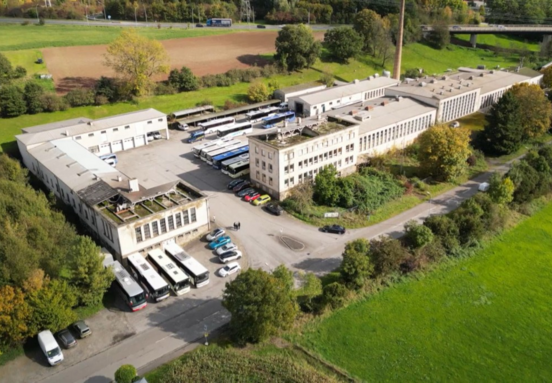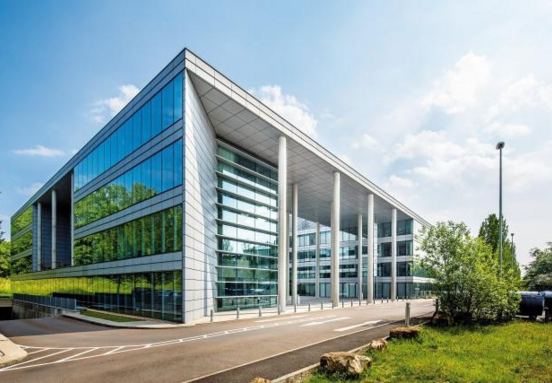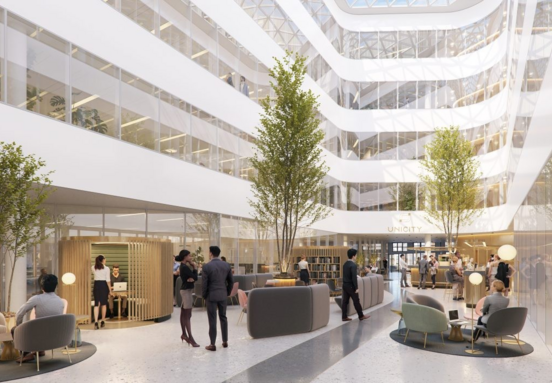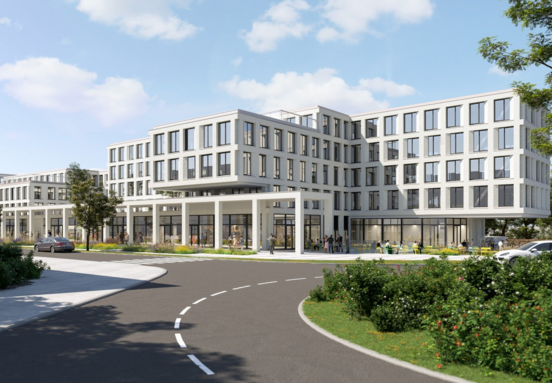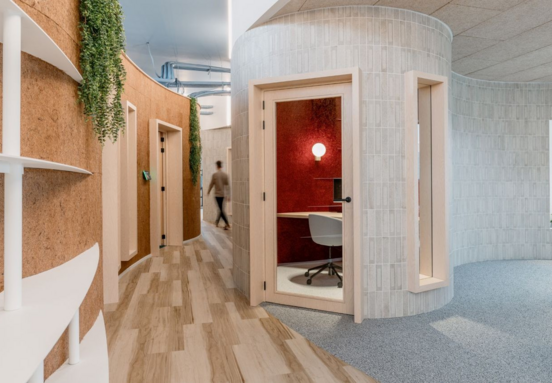Luxembourg's workload snapshot: a balanced perspective
According to Eurostat data from 2024, approximately 6.4 percent of employees aged 20 to 64 in Luxembourg work at least 49 hours per week. This figure places the Grand Duchy very close to the EU average of 6.6 percent, indicating a relatively balanced working culture compared to other European nations.
For businesses considering their next commercial property in Luxembourg, this suggests an environment that generally promotes sustainable working patterns and can be attractive for talent recruitment.
In contrast, countries like Greece (12.4 percent), Cyprus (10 percent), and France (9.9 percent) show significantly higher proportions of long working hours, while Bulgaria records the lowest at just 0.4 percent. Luxembourg's position as an attractive business hub is reinforced by its ability to maintain a competitive economic landscape alongside a more equitable distribution of working hours.
The shifting landscape of working hours across Europe
The overall trend across Europe points towards a decreasing share of employees with long working hours. Eurostat data reveals a notable drop from 9.8 percent in 2014 to 8.4 percent in 2019, reflecting a broader societal and corporate shift towards prioritizing employee well-being and efficiency over extended workweeks.
This evolving landscape is a crucial consideration for companies seeking modern office and warehouse spaces that support a productive, yet balanced, workforce. Businesses can leverage this trend by offering amenities and office layouts that enhance employee satisfaction and work-life integration.
Industry-specific insights for space planners
While Luxembourg generally maintains a balanced approach, certain sectors naturally exhibit longer working weeks. Agriculture, forestry, and fishing stand out with 26.2 percent of employees working over 49 hours, followed by managers at 21.1 percent, and self-employed individuals at 27.5 percent.
Businesses operating within these industries, or those that frequently interact with them, might need to consider office or warehouse spaces that offer enhanced amenities, flexible layouts, and robust infrastructure to support the demands of their workforce. This could include spaces with improved connectivity for remote management, dedicated relaxation zones, or even onsite services to mitigate the impact of longer hours.
For companies in high-demand sectors like management, choosing a strategic location with access to talent that values work-life integration becomes paramount. This also impacts the type of office space required – perhaps more collaborative areas, quiet zones, or advanced meeting facilities to maximize productivity during standard hours and support a flexible work culture.
Strategic location: beyond square footage
For businesses looking to rent office or warehouse space, understanding working hour trends goes beyond mere square footage. It speaks to the local work culture, talent pool availability, and the potential for employee retention. A region like Luxembourg, with its balanced approach to working hours, offers a compelling environment for companies aiming to foster a healthy and productive workforce.
When selecting your next commercial property, consider how the local working climate aligns with your corporate values and employee well-being strategies. Investing in the right space, in the right location, can significantly contribute to your long-term success.
Source: europesays.com

